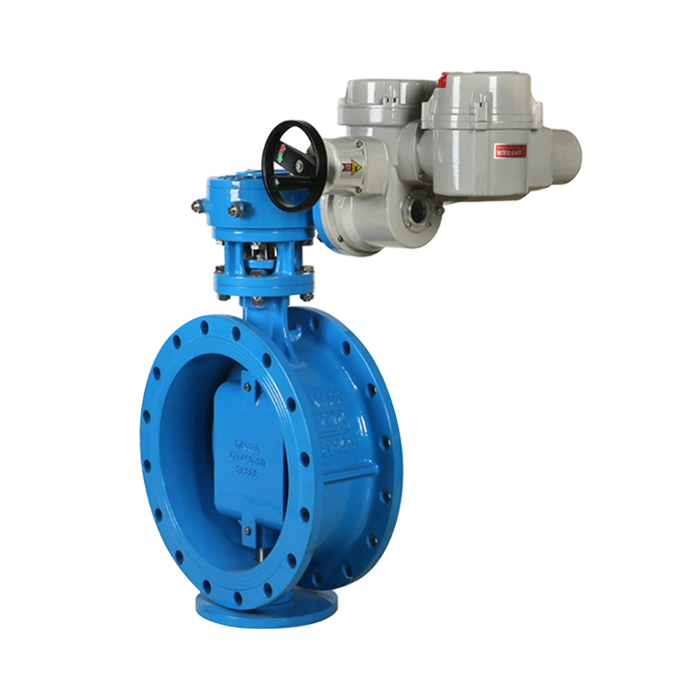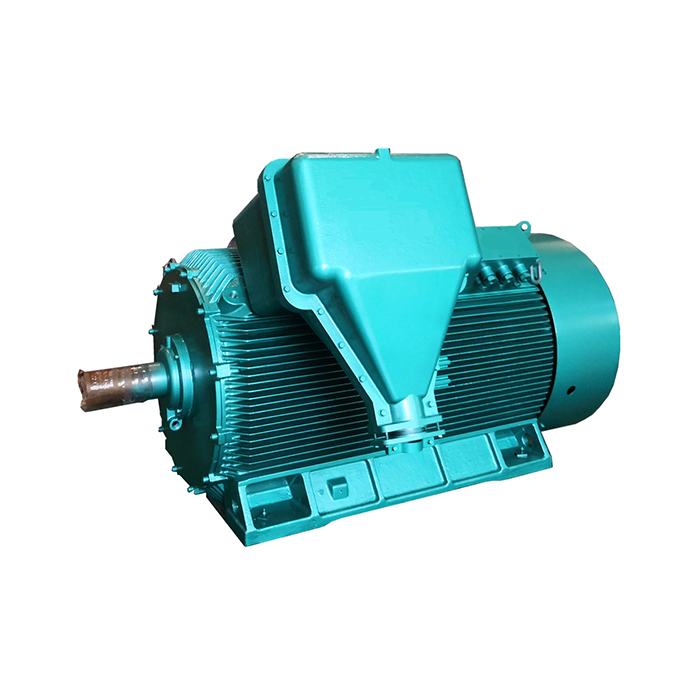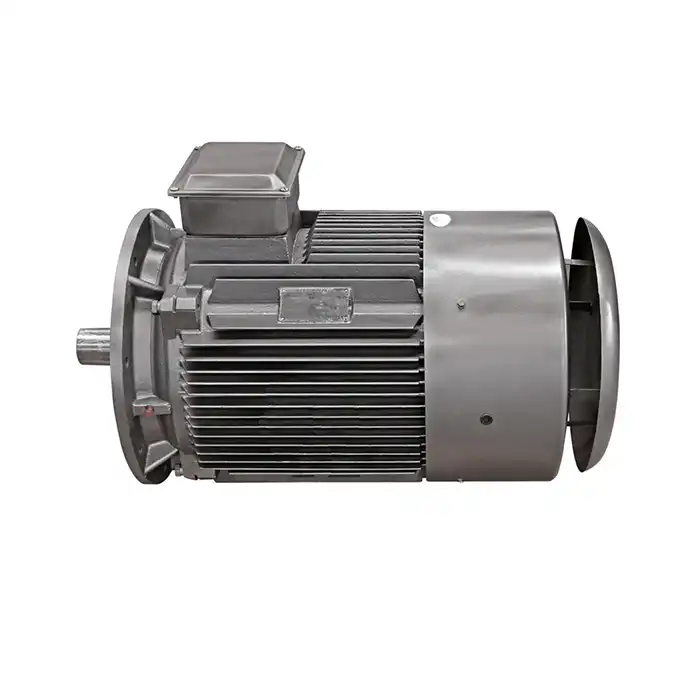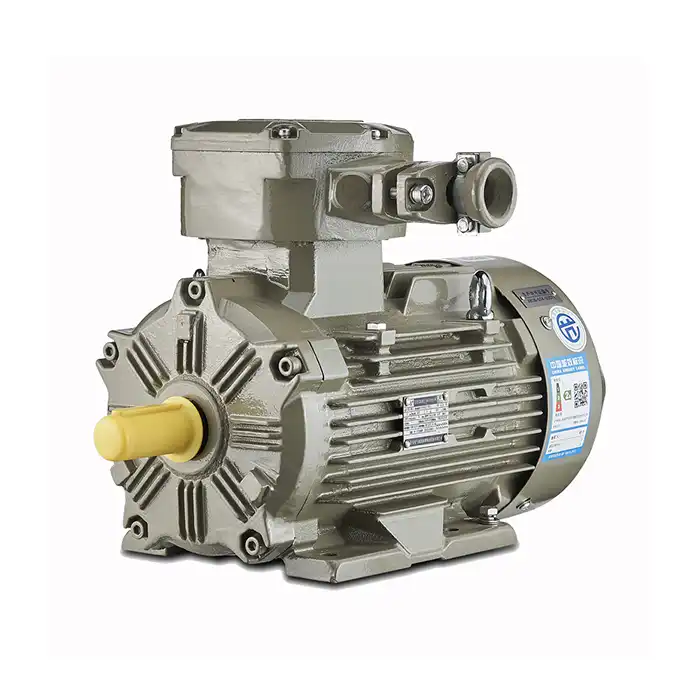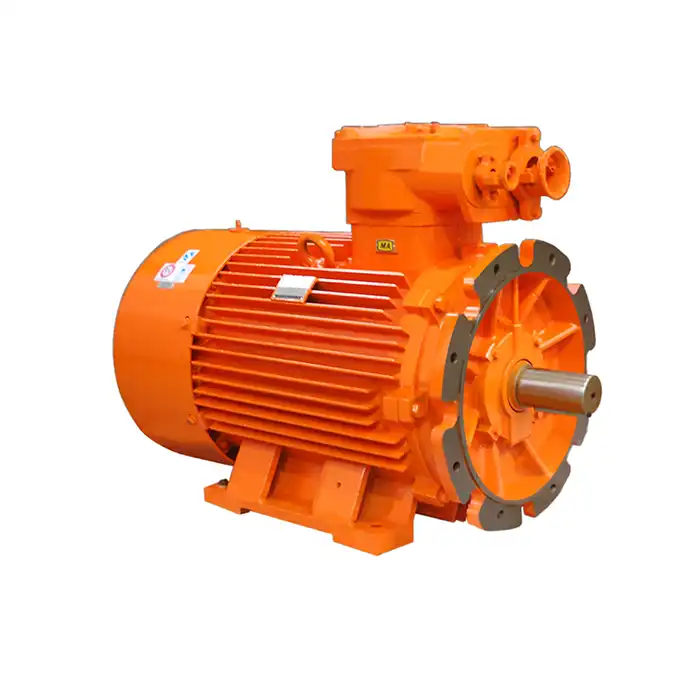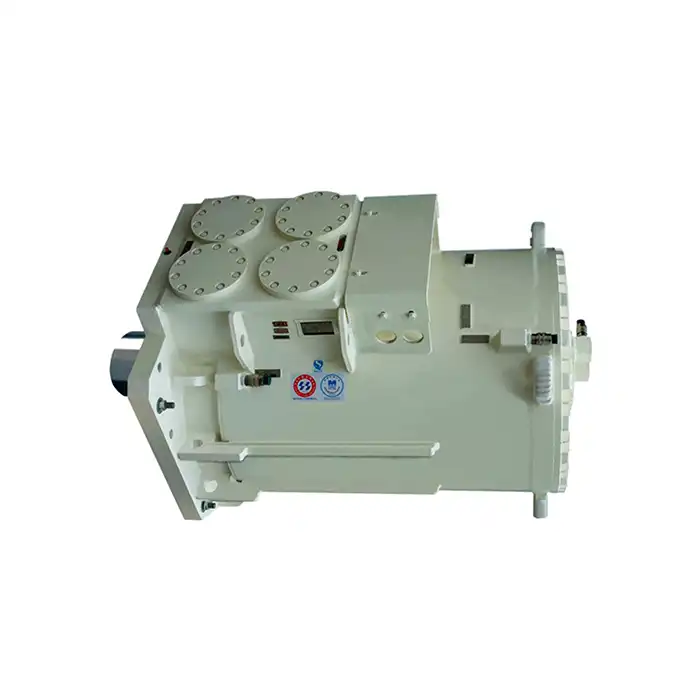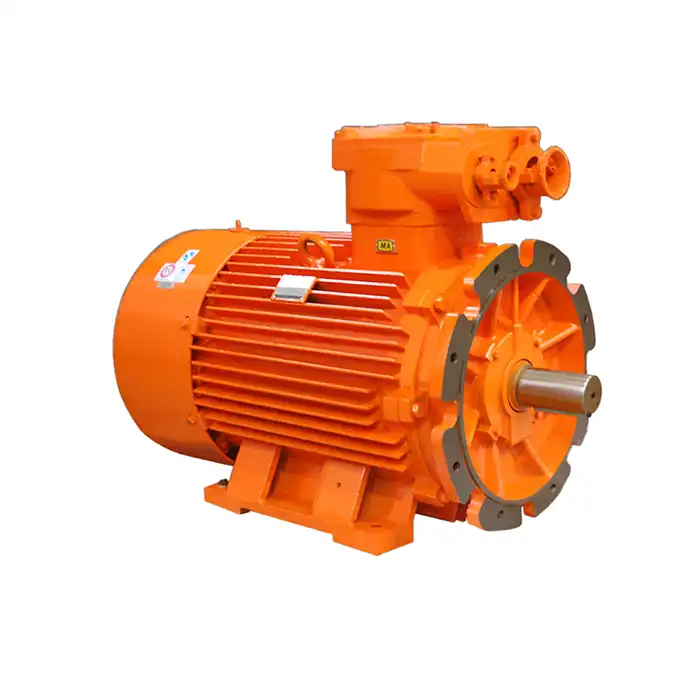Common Motor Faults: Symptoms and Causes
Understanding the typical problems that affect IEC low voltage motors are crucial for efficient troubleshooting. Let's examine some of the most frequent issues and their underlying causes:
Overheating
Excessive heat can significantly impact motor performance and longevity. Common causes of overheating include:
- Inadequate ventilation
- Overloading
- Unbalanced voltage supply
- Deteriorated insulation
Vibration
Unusual vibrations can indicate various motor problems:
- Misalignment of motor and driven equipment
- Loose mounting bolts
- Worn bearings
- Unbalanced rotor
Noise
Abnormal noises during motor operation can signal:
- Bearing damage
- Loose components
- Electrical issues
- Misalignment
Reduced Efficiency
A decrease in motor efficiency may result from:
- Improper lubrication
- Voltage imbalance
- Contamination
- Winding degradation
Essential Tools for Motor Diagnostics
To accurately diagnose IEC low voltage motor issues, it is essential to use a comprehensive set of specialized diagnostic tools. These instruments allow technicians to detect and analyze underlying problems that may not be visible through visual inspection alone, ensuring precise identification and effective troubleshooting of potential motor faults.
Multimeter
A digital multimeter is indispensable for measuring voltage, current, and resistance. It helps detect electrical faults and imbalances in motor windings.
Megohmmeter
This device tests insulation resistance, crucial for identifying potential winding failures before they occur.
Infrared Thermometer
An infrared thermometer allows for non-contact temperature measurements, helping locate hot spots and overheating issues.
Vibration Analyzer
This sophisticated tool measures and analyzes motor vibrations, aiding in the early detection of mechanical problems.
Power Quality Analyzer
A power quality analyzer helps identify issues with the electrical supply, such as voltage imbalances or harmonics.
Step-by-Step Guide to Motor Problem Resolution
Follow this systematic approach to troubleshoot and resolve IEC low voltage motor performance issues:
1. Visual Inspection
Begin with a thorough visual examination of the motor and its surroundings:
- Check for visible damage or wear
- Ensure proper ventilation
- Verify secure mounting and connections
- Look for signs of overheating or contamination
2. Electrical Measurements
Use your multimeter to perform basic electrical checks:
- Measure supply voltage and current
- Check for voltage imbalances
- Test winding resistance
3. Insulation Testing
Employ a megohmmeter to assess the condition of the motor's insulation:
- Disconnect the motor from power sources
- Test insulation resistance between windings and ground
- Compare results with manufacturer specifications
4. Temperature Analysis
Use an infrared thermometer to identify potential hot spots:
- Scan the motor housing and bearings
- Check for unusual temperature differentials
- Compare readings with normal operating temperatures
5. Vibration Assessment
If available, use a vibration analyzer to detect mechanical issues:
- Measure vibration at key points on the motor
- Analyze frequency spectra for characteristic fault patterns
- Compare results with baseline measurements
6. Power Quality Evaluation
Utilize a power quality analyzer to investigate electrical supply issues:
- Monitor voltage and current waveforms
- Check for harmonics and transients
- Assess power factor and load balance
7. Load Testing
Perform load tests to evaluate motor performance under operating conditions:
- Gradually increase load while monitoring key parameters
- Check for abnormal temperature rises or current fluctuations
- Verify that the motor operates within its rated capacity
8. Lubrication Check
Proper lubrication is crucial for motor longevity:
- Inspect bearings for adequate lubrication
- Check for signs of contamination or degradation
- Relubricate according to manufacturer recommendations
9. Alignment Verification
Ensure proper alignment between the motor and driven equipment:
- Use laser alignment tools for precision
- Check both angular and parallel alignment
- Adjust as necessary to meet tolerance specifications
10. Documentation and Analysis
Maintain detailed records of all tests and observations:
- Document all measurements and findings
- Compare results with historical data
- Identify trends or recurring issues
By following this comprehensive troubleshooting guide, you can effectively diagnose and address performance issues in IEC low voltage motors. Regular maintenance and prompt attention to emerging problems will help ensure optimal motor performance and longevity.
Call to Action
When it comes to your operations, XCMOTOR understands the critical role that IEC low voltage motors play in maintaining smooth, efficient, and reliable industrial processes. Our YVFE4 series motors are engineered to deliver exceptional efficiency, outstanding performance, and unparalleled dependability, making them ideal for a wide range of applications. Each motor is carefully designed and tailor-made to meet the specific requirements of your operation, ensuring optimal results in even the most demanding environments. With power outputs ranging from 0.75 kW to 1000 kW and frequency ranges spanning 5 Hz to 100 Hz, our motors provide the flexibility, precision, and reliability needed to maximise productivity and minimise downtime across your facility.
Don't let motor performance issues slow down your productivity. Contact our expert team today at xcmotors@163.com to learn how our high-quality motors and comprehensive support can optimize your operations and reduce downtime. Trust XCMOTOR for motors that deliver consistent power and long-term reliability.




